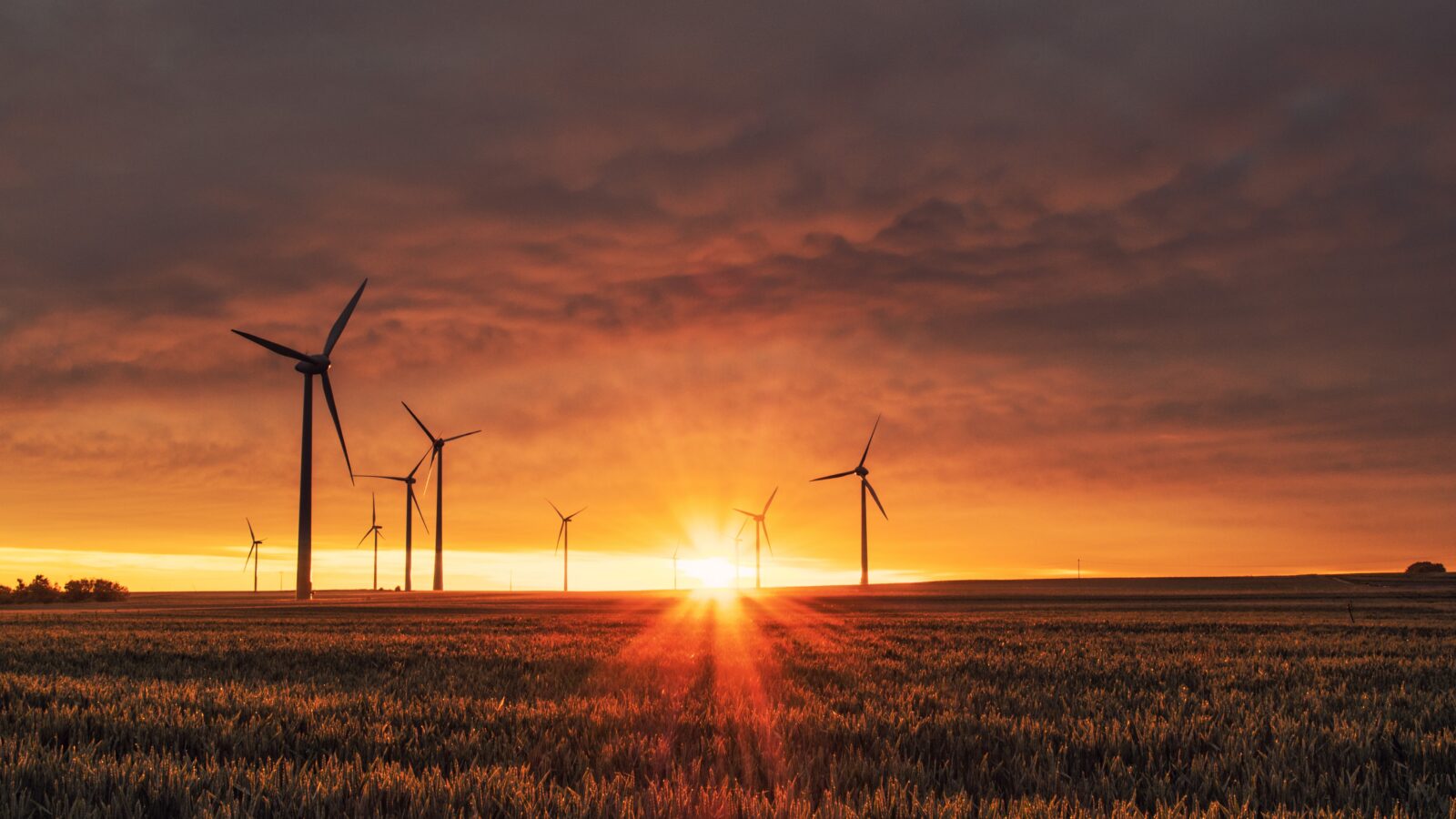
The U.S. Department of Agriculture’s (USDA) is employing sustainability policies in support of renewable energy sources. It is using more than 169 million kilowatt-hours (kWh) of green power annually, which represents 35 percent of its total power needs. USDA is generating green power from on-site renewable energy including: solar, wind, biomass, hydro and geothermal systems. According to the U.S. Environmental Protection Agency, this amount is equivalent to avoiding the carbon dioxide (CO2) emissions from electricity use of nearly 15,500 average American homes annually.
Green power is zero-emissions electricity that is generated from environmentally preferable renewable resources, such as wind, solar, geothermal, biogas, eligible biomass, and low-impact hydro. Using green power can help build demand for the development of new renewable energy capacity nationwide, and helps users reduce their carbon footprints.
In 2015, USDA launched the Building Blocks for Climate Smart Agriculture and Forestry. Ten building blocks span a range of technologies and practices to reduce greenhouse gas emissions, increase carbon storage and generate clean renewable energy. Through the Department’s voluntary and incentive-based conservation and energy programs, USDA and its partners are working to reduce net emissions and enhance carbon sequestration by over 120 million metric tons of CO2 equivalent per year, or about 2 percent of economy-wide net greenhouse emissions, by 2025. This reduction is the equivalent of taking 25 million cars off the road or offsetting the emissions produced by powering nearly 11 million homes per year.
In addition to purchasing green power, USDA employs other sustainability practices, including, using alternative fuels in vehicles, designing and constructing high performance green buildings, green purchasing and promoting the use of bio-based products.


